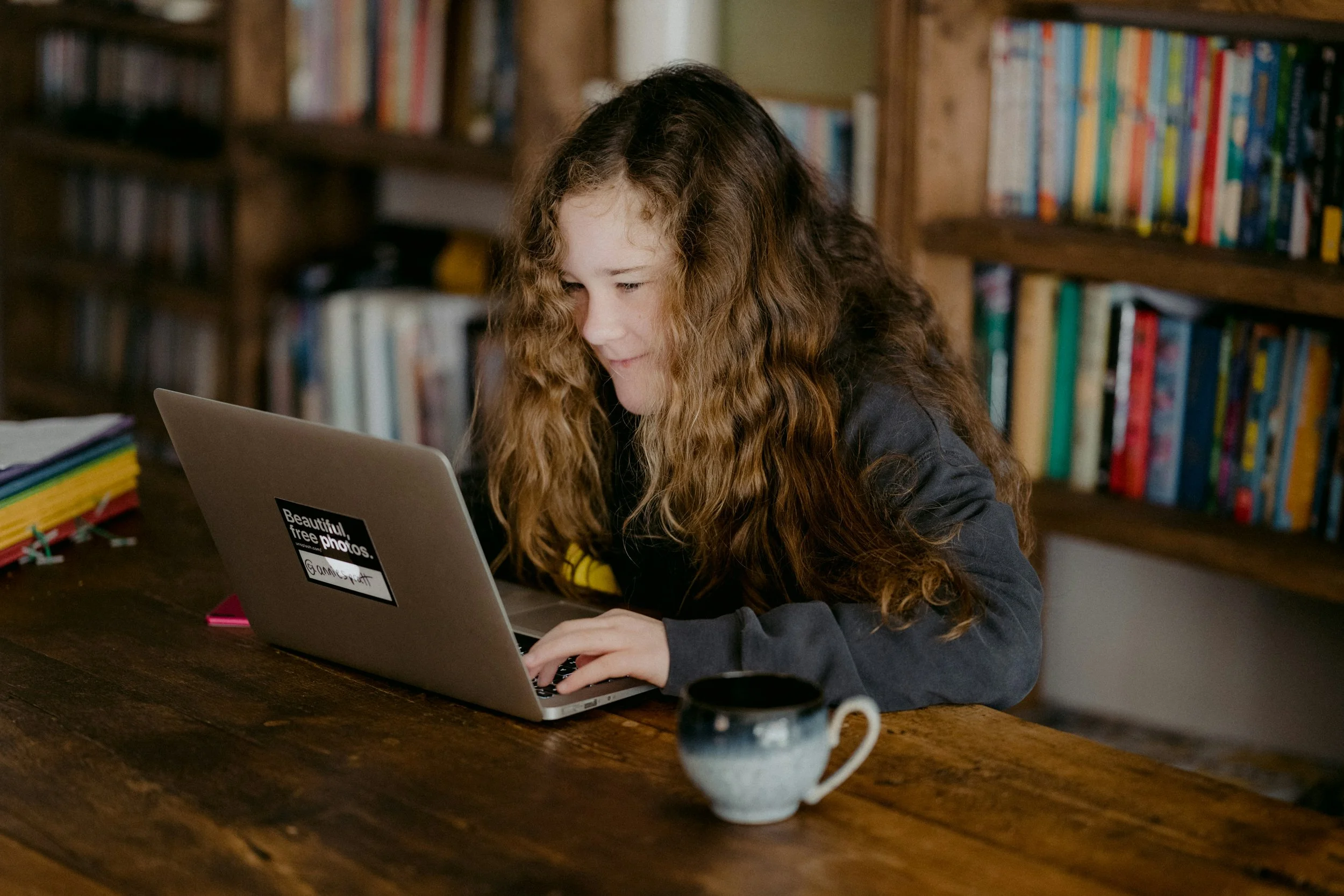Teaching Social Media Responsibility
3 Key Conversations to Support Social Media Awareness for Youth
Social media is a fundamental part of how young people communicate, connect, and explore their identities. For many adults, this digital landscape can feel overwhelming and sometimes just plain scary. But here’s the good news: as parents and professionals, our approach can make a significant difference in how teens navigate these digital spaces.
Shifting from Tech-Negative to Tech-Neutral (or Tech-Positive!)
Many adults approach social media with fear and skepticism, especially if they didn't grow up with these technologies. But for teens and young adults, social media is another language they speak fluently and a natural part of their world. Instead of viewing it as inherently good or bad, we need a more nuanced perspective.
Social media is a tool—like any tool, it can cause harm, but it can also be positive or productive. The key is having meaningful conversations that help young people use these platforms responsibly.
When we come from a place of fear or prohibition, we shut down communication. Teens are less likely to share their experiences or seek help if they believe we'll immediately judge or punish them for what they’re doing online. By being curious, supportive, and open-minded, we create an environment where they feel safe exploring, learning, and asking for support.
A good place to start are the 3 key conversations outlined below. Each conversation include conversation starters or questions to open up communication as well as a few strategies to practice together.
Three Crucial Conversations About Social Media
1. Setting Personal Boundaries
Boundaries are crucial for healthy digital interactions. Many teens have never actually been encouraged to think critically about their social media use or what boundaries they want to have. They often get swept up in what their peers are doing without taking the time to step back and consider what’s working (or not working) for them.
Conversation Starters
What are your personal boundaries around social media?
Who do you like to follow? What do you like to post?
When you take a step back from what everyone else is doing - what’s important to you?
Strategies
Brainstorm a list of social media boundaries you would like to have.
For example, I want to unfollow anyone who makes me feel bad about myself or I will only accept follow requests from people I know in real life.
Put the list in your notes app on your phone so you can refer back to it.
Work to start setting those boundaries little by little.
Remember, change doesn't happen overnight. Suggest implementing one boundary at a time. Maybe this month, focus on being more selective about who you follow. Next month, you might work on notification management.
2. Understanding Social Life and Relationships
Today's social spaces look different from previous generations. Where we might have hung out at the mall or in other physically grounded spaces, teens connect and explore identity online and through social media. This isn't inherently problematic—it's just different.
Conversation Starters
Do you feel like your relationships online are true to what they are in real life? How are they the same? How are they different?
Do you have any friends that you solely know from online spaces? Have you thought at all about how to make sure these folks are who they say they are?
When conflict with friends or romantic connections comes up online, how do you typically handle it? Does it ever bleed into real life spaces too?
When does it feel easier just to communicate with people online? What do you think are the pros and cons of that?
What do likes on your posts mean to you? Do your number of likes or views impact how you feel about yourself and/or your relationships?
Strategies
Think about how you can be a good friend/partner both in online spaces (texting, social media, etc) and in real life.
Check your expectations on how often or how quickly you expect people to respond to you and let other folks know your boundaries around that as well.
Try to get a good balance of spending time in person with friends/partners and connecting in online spaces.
Get to know the warning signs of digital dating abuse so you can help spot those for your relationships and for your friends as well.
3. Connecting to Personal Values
Values aren't static—they're evolving, especially for teens. Having an conversation about personal values might feel a little uncomfortable for teens at first, but in my experience, it can really get them thinking and help them make the connect between values and behaviors.
Conversation Starters:
What things are most important to you in life? What would you say your top 2 or 3 core values are?
How do those values and interests show up in online spaces?
Do you feel like you are the same person online and in real life? If not, how are they different?
How can you live out your values online in a way that makes you feel good about yourself?
Strategies
Google a list of values and consider which on the items on the list speak to you the most as your own core values. Try to just pick 2-3 of the most important ones. Consider how you can stay true to these values both IRL and in online spaces.
Pro tip: Brené Brown has an excellent values list that can spark these conversations.
A Balanced Approach
The most important thing? Keep communication open. Avoid punitive approaches that might push teens away from seeking help. Instead, be curious, listen, and support them in developing healthy digital habits.
Social media isn't going away. By fostering open, non-judgmental conversations, we can help young people become responsible, confident digital citizens.
Want to learn more? Contact me for more information or to schedule a live workshop on healthy social media use for teens, parents, or professionals. You can also download a PDF of these strategies by signing up for my newsletter.



